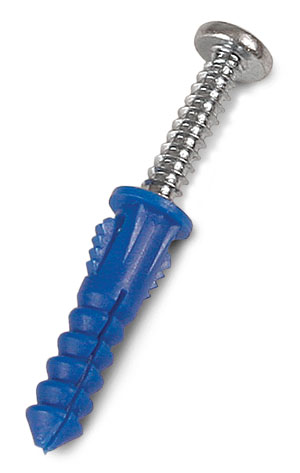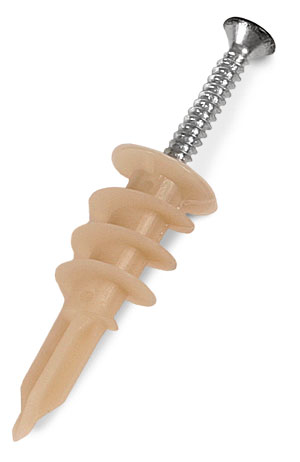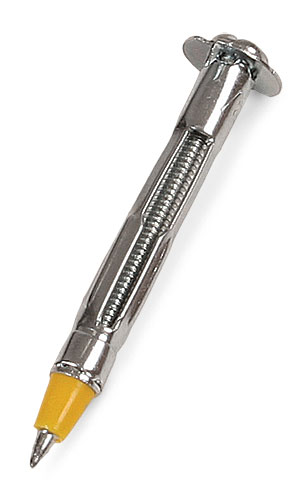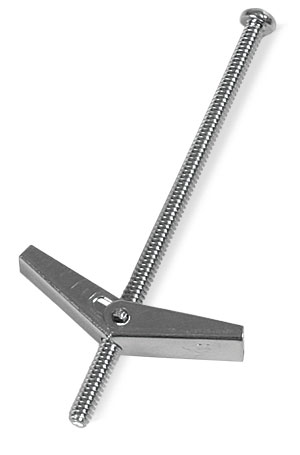What’s the Difference: Hollow-wall anchors
Which is strongest: plastic anchors, auger anchors, mollies, or toggle bolts?
It’s not uncommon to have to install a wall-mounted fixture long after a kitchen or bathroom is buttoned up with drywall. When you can’t secure the item to a stud or 2x blocking, a hollow-wall anchor is your best option. The anchors shown here, commonly found at home centers, often come with strength ratings. Some manufacturers (but not all) apply a safety factor when creating this rating to ensure performance under the listed load. Check to be sure. You might have to apply your own safety factor by dividing the listed maximum load value by four, per industry standards. The general load values listed here reflect the applied safety factor.
Plastic anchors
Plastic anchors serve the lightest duty. You can be comfortable hanging a small picture with these anchors, but not much else. They are not designed for use in ceilings and are the most susceptible to failing under heavy loads.
Auger anchors
Auger anchors are the easiest to install. They don’t require a pilot hole, which speeds up installation and minimizes damage should the anchor need to be removed. The strength of most auger anchors is comparable to that of plastic anchors, so their applications are similar.
Mollies
Mollies are for permanent fixtures only. One type of molly needs a pilot hole; the other can be nailed. Both have a screw that flares the legs of the anchor to secure it. Mollies can be used in walls and ceilings, but removing this anchor causes significant damage.
Toggle bolts
Toggle bolts hold the most weight but are finicky to install. They require a large pilot hole and rely on a sprung toggle for support, which can limit their use. When used in walls filled with rigid or spray-foam insulation, toggles can’t expand properly. These anchors perform well in most walls and ceilings.
Photos by: Dan Thornton
Fine Homebuilding Recommended Products
Fine Homebuilding receives a commission for items purchased through links on this site, including Amazon Associates and other affiliate advertising programs.

Not So Big House

Pretty Good House

Graphic Guide to Frame Construction































View Comments
You can get auger anchors that hold at least 50 lb. that I know of. And I once had some metal auger/toggle combination anchors which were amazing. You drove them in like an auger, then put the screw in and drove that until a cross bar levered out from the elongated shaft of the anchor and tightened against the back of the wall. I seem to recall that you could even somehow get the toggle to drop off of the back if you wanted to remove the anchor and then it was just like removing any auger anchor. I sure wish I knew where I got those.
Oh, and the article doesn't point out the difference between shear and pullout loads. Pullout loads do apply to some wall-mounting situations when the load is out on a lever (shelf, ladder bracket, etc.)